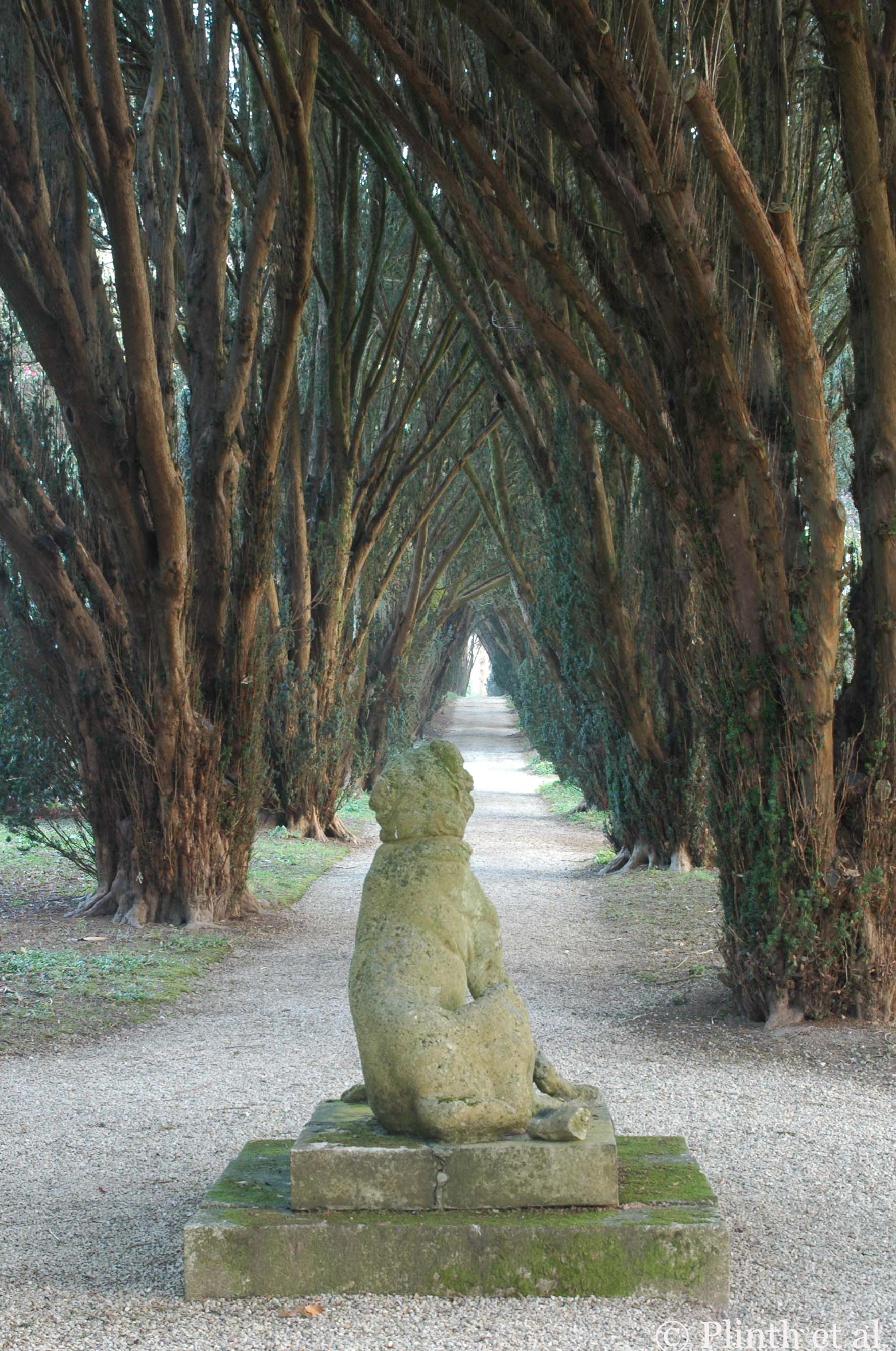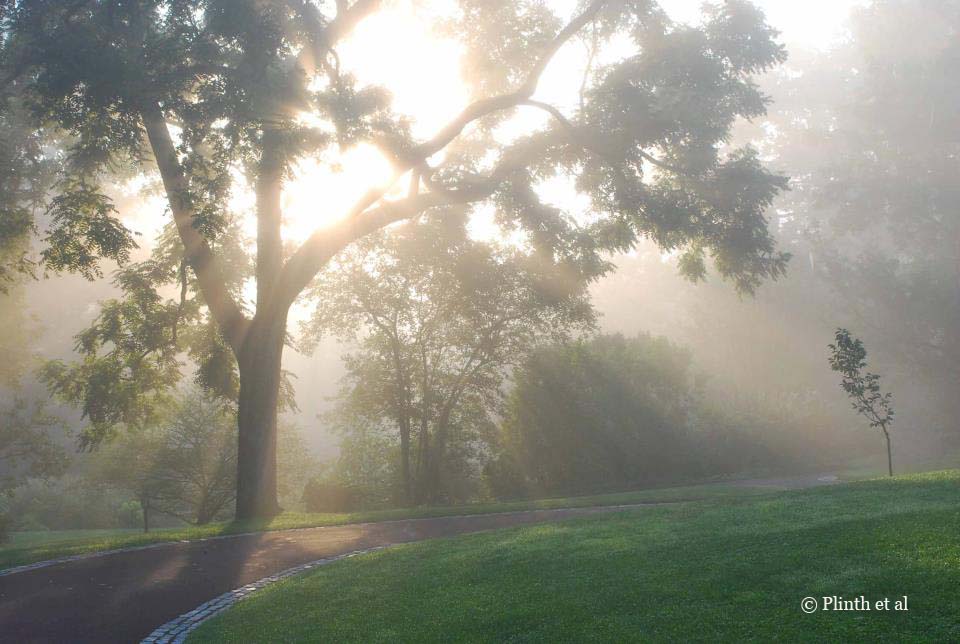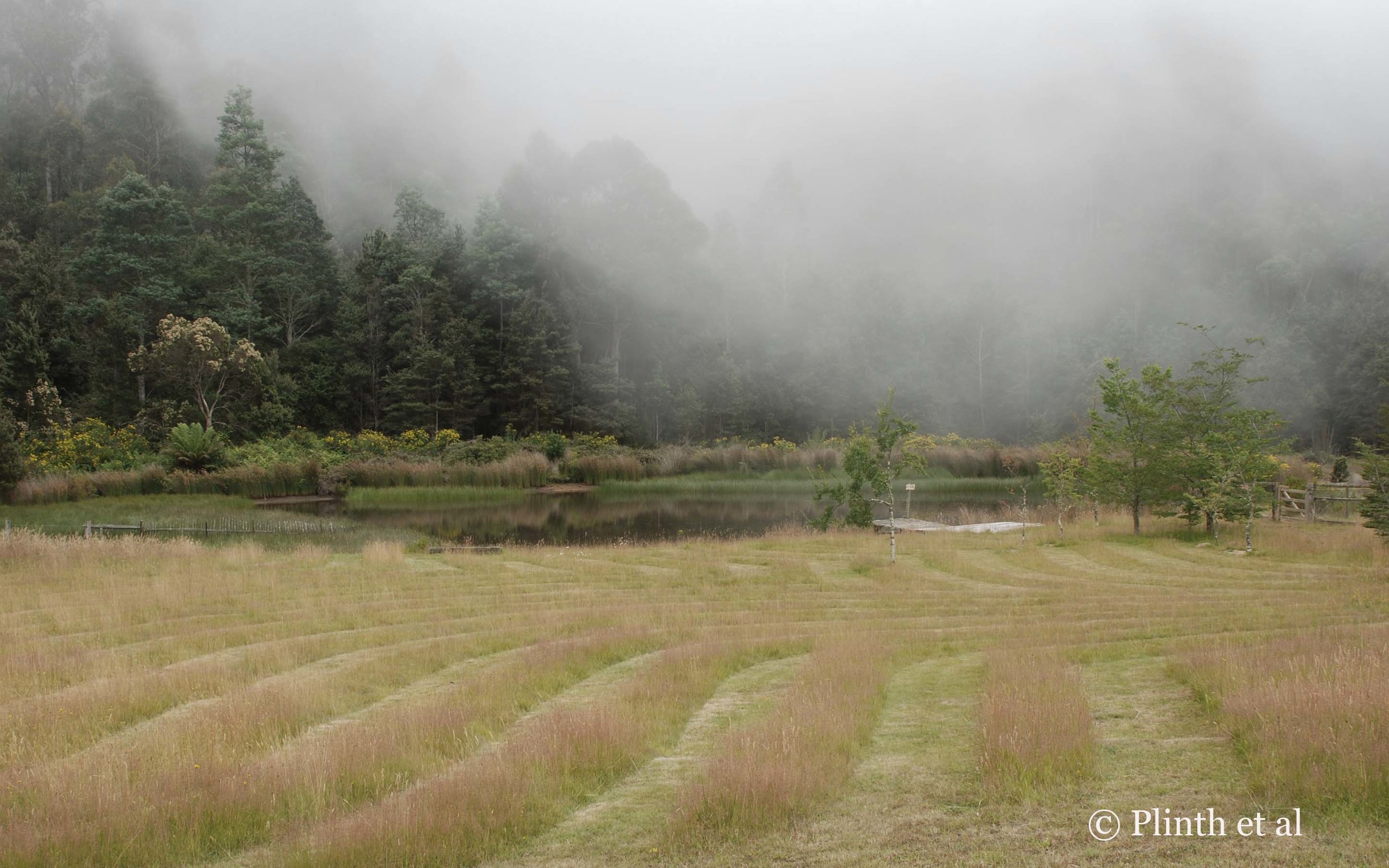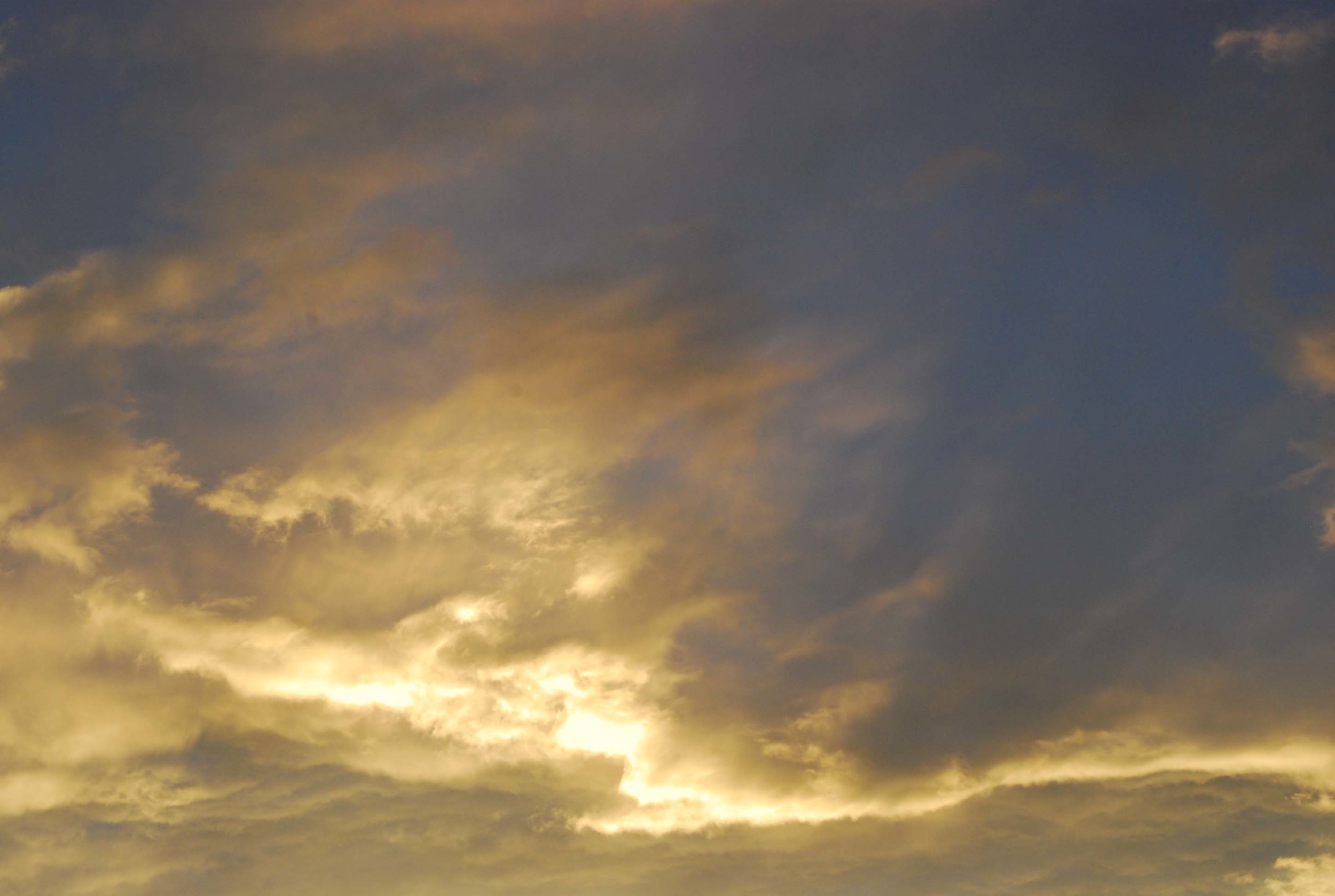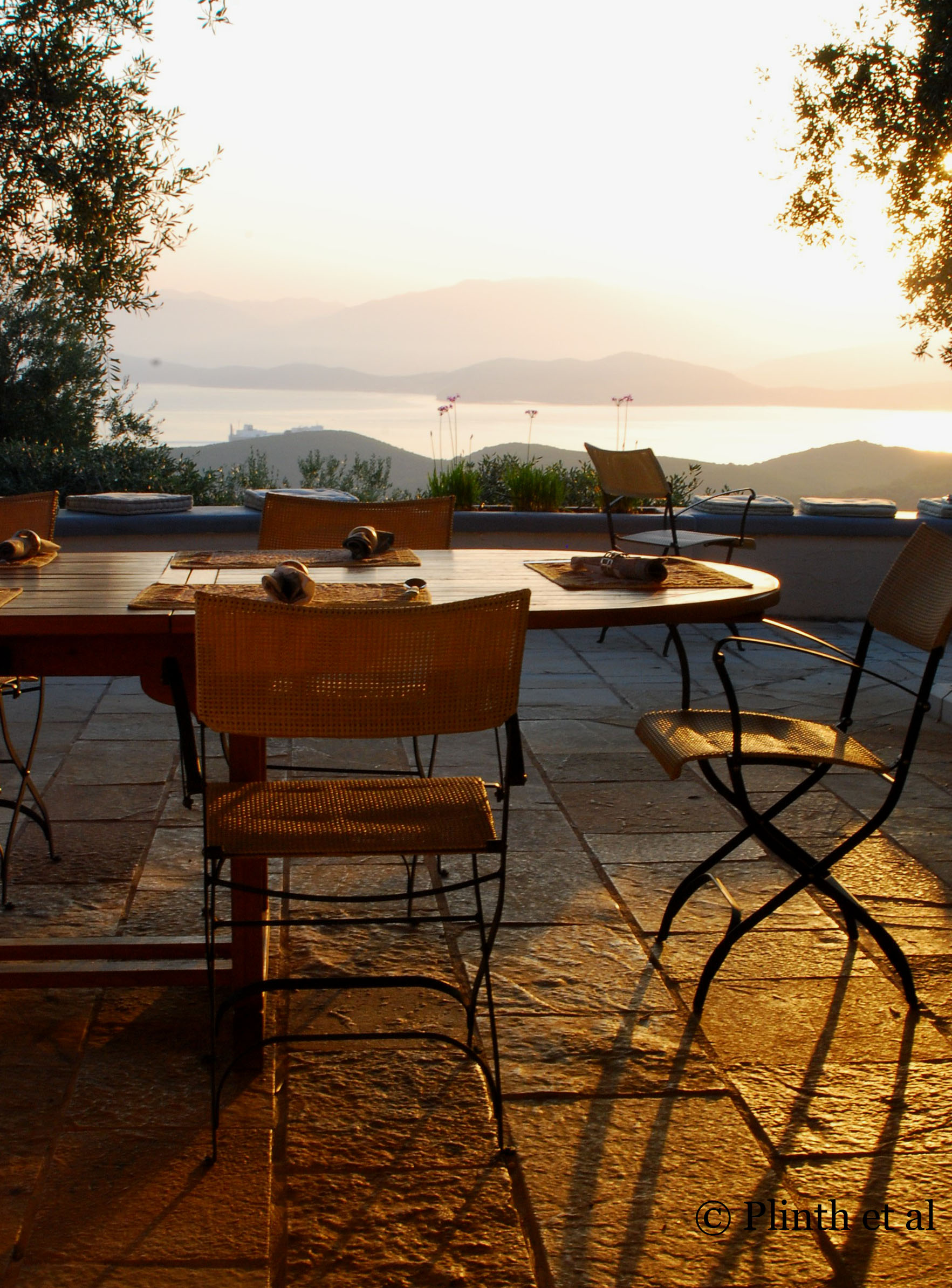Lumina
Dear Jimmy,
Your post on the Spanish artist Joaquín Sorolla had me contemplating about light. We should practice 'luminism' more in gardening. Light is perhaps the most misunderstood and poorly considered element in gardens. Only are the plants' cultural requirements weighed does it become significant. While we may appreciate its effect in interior design and architecture, for some reason we fail to apply the same priority in gardens, concentrating instead on hardscaping and plants. Focusing on hardscaping and plants is like deciding what furniture and decor will be without thought to the wall color and floors. Yet it is light that noticeably alters the mood and atmosphere of the garden - the silhouettes of trees and shrubs, the long shadows cast onto the walls, and the reflections in water features. Sylvia Crowe once wrote: "There is always a delight in looking out on to the sunlight from within a dark wood, or from between the columns of an arcade, whether they be the pillars of an Italian pergola or the trunks of a lime walk, and there is the unfailing effect of light falling on some special spot from surrounding shade."
Studying the various nuances of light has revised my approach towards combining plants. Just as theatrical lighting affects our attention on the stage performers, the right light can accentuate plants. Simply it seems sensible to design a planting through light. I recall Nori and Sandra Pope explain how they observed where the light fell at various times against the curvilinear kitchen garden wall at Hadspen, letting it dictate what colors decreed the garden. Their tonal plantings modulated from light to dark, proving again that light underpins color. The same principle pertained to Great Dixter, renowned for its virtuoso color combinations that either soothe or excite depending on the time of day. In the High Garden there, the intense colors of tender perennials and annuals were heightened in the evening light than they were in the morning.
To bring light into the garden is to embrace the luminous quality of grasses. What makes the gardens of contemporary garden designers like Piet Oudolf, Tom Stuart Smith, or Wolfgang Oehme, appealing is the interplay of light between grasses and herbaceous perennials - the buoyancy of the former enliven the perennial flowers, propping up their decaying seedheads later. A friend cleverly interplanted Sanguisorba officinalis (burnet) among Stipa gigantea where the first rays of sunlight hit the garden. The grass has the kinetic and translucent magnetism, a perfect foil for the opaque dark Sanguisorba in summer and autumn. It is a magnetism seen hundredfold in a field of Miscanthus sinensis I once waded through at Yangmingshan National Park, Taiwan. High above the urban smog of Taipei, the clear skies highlighted a shimmery silver sea of plumes, a memorable sight that linked landscapes to my light fixation in gardens.
Being serious about photography taught me about light as well. Garden and landscape photographers often register the light carefully for the best pictures. Doing so slows you down as you walk around and observe the garden from different angles, and then the garden's personality becomes more apparent. It always dismayed me to visit a garden at midday for the resultant photographs were washed out. Soon I reluctantly started to wake up before dawn and venture out when people were still asleep. That reluctance disappeared into contentedness - the still mornings, unsullied by nothing but birdsong, promised moments of beautiful repose. Those moments induce a dream-like state, suspended between surrealism and reality, fertile for creativity.
My appreciation for gardens and landscapes went deeper beyond color and form. I paid heed to Crowe's finer points of light in the garden - the long shadows cast by trees across the lawn, the shafts of light splintering the morning mist, the backlit beauty of a solitary flower heavy with dew. It is an experience immensely private and not immediately apparent during the process of gardening - sometimes we are deeply engrossed in the mundane tasks on hand, forgetting to look up.
When I was in Australia, I was startled by the country's hard light - the textures and colors, the leaves of eucalyptus or the rocky formations, were clear-cut and reflective. The clarity of the Down Under light forced me to rethink my perceptions previously informed by the Northern Hemisphere. Landscapes became more sculptural, abstract, and wilder. Genteel places created by homesick Europeans paled in comparison with their surroundings - the demarcations between the domesticated and untamed were more sharply drawn than those blurred in Europe and parts of North America. The stronger light only compounded that difference.
Every detail seemingly asserts itself graphically in the Australian light - the orange lichen encrusted rocks, pockmarking the east coast of Tasmania and Victoria, are fully saturated, nowhere muted as they would be in the Northern Hemisphere. Clouds seem more alive - their fluffy contours indelibly etched against the antipodean skies. Using Northern Hemisphere plants in these areas would feel too contrived and futile - they would appear discordant in the grand landscapes. More than anything, light sets the style of the garden.
Only in the higher elevations did the light wane, receding with more luxuriant plant-life and cooler temperatures. The mists chilled us as they would have elsewhere in the Pacific Northwest, the Yorkshire Moors, or the Californian redwood forests. Here greens, grays, and muddy browns dominated, taking over the whites, oranges, and burnt sienna of the coastal areas.
Such ruminations on light can be turned on without going overseas. As I drive to and from work home, I watch how the light shifts into dawn and evening. The low-angled light in autumn is a profound difference from the high summer light, a more golden luminosity not seen in spring, and it is one advantage of residing in the Northeast U.S. In more northern latitudes, the light seems weaker, diminished by the geographical proximity to the Arctic Circle. You become habituated to the subtle changes in the same way plants begin to respond to longer day lengths.
Deciphering light in gardens is our capacity to envince the atmosphere of a natural place. We have the benefit that Sorolla and other Impressionist painters never had - we never need to reproduce the light. Sometimes the methodical aspects of gardening can leave us incapable of creating the feeling, the emotional limitations and longings that precisely characterize the beauty of creating a garden. ~ Eric



